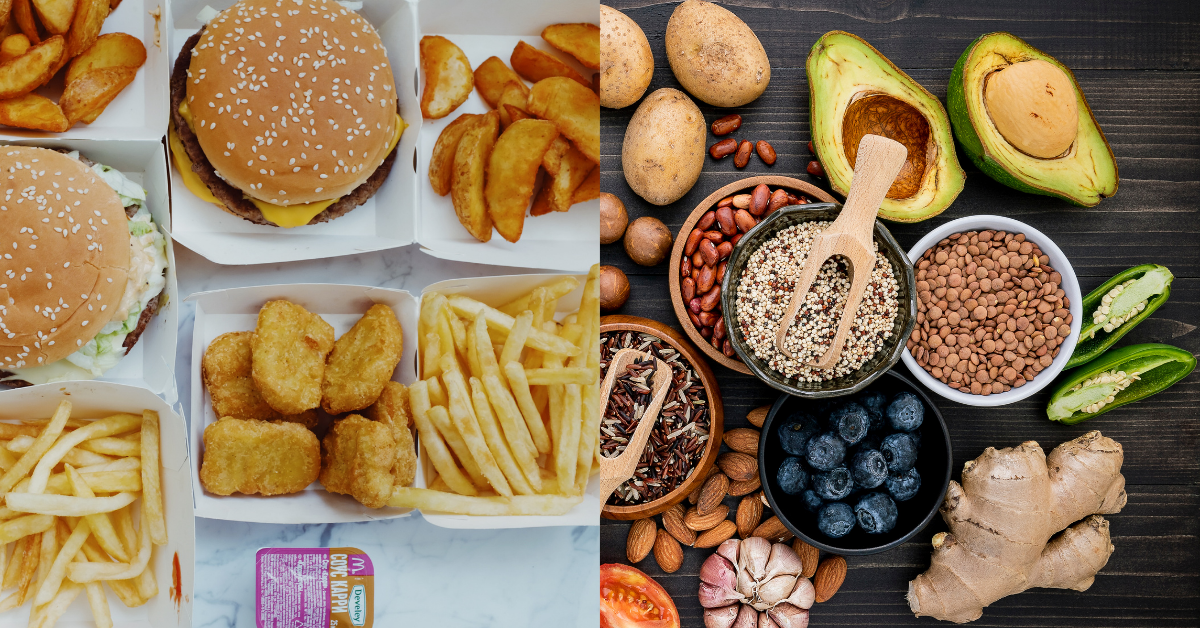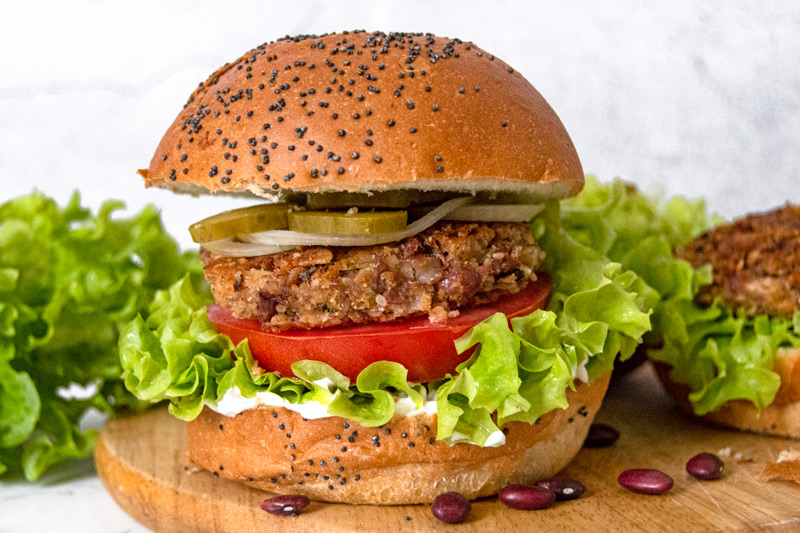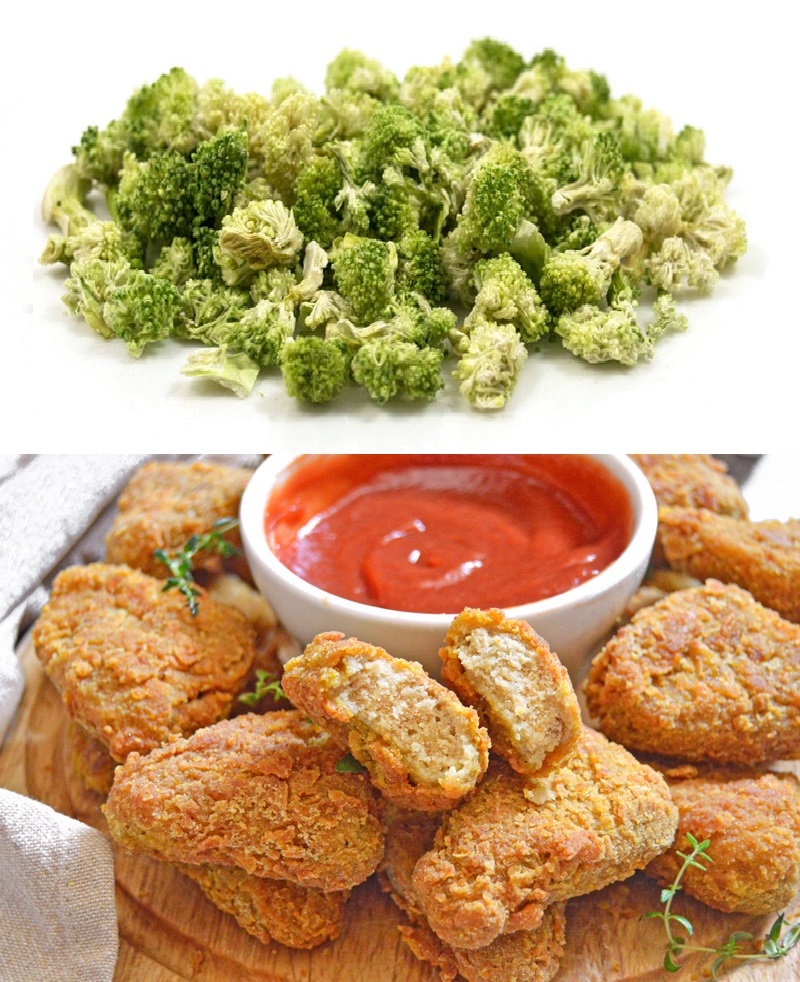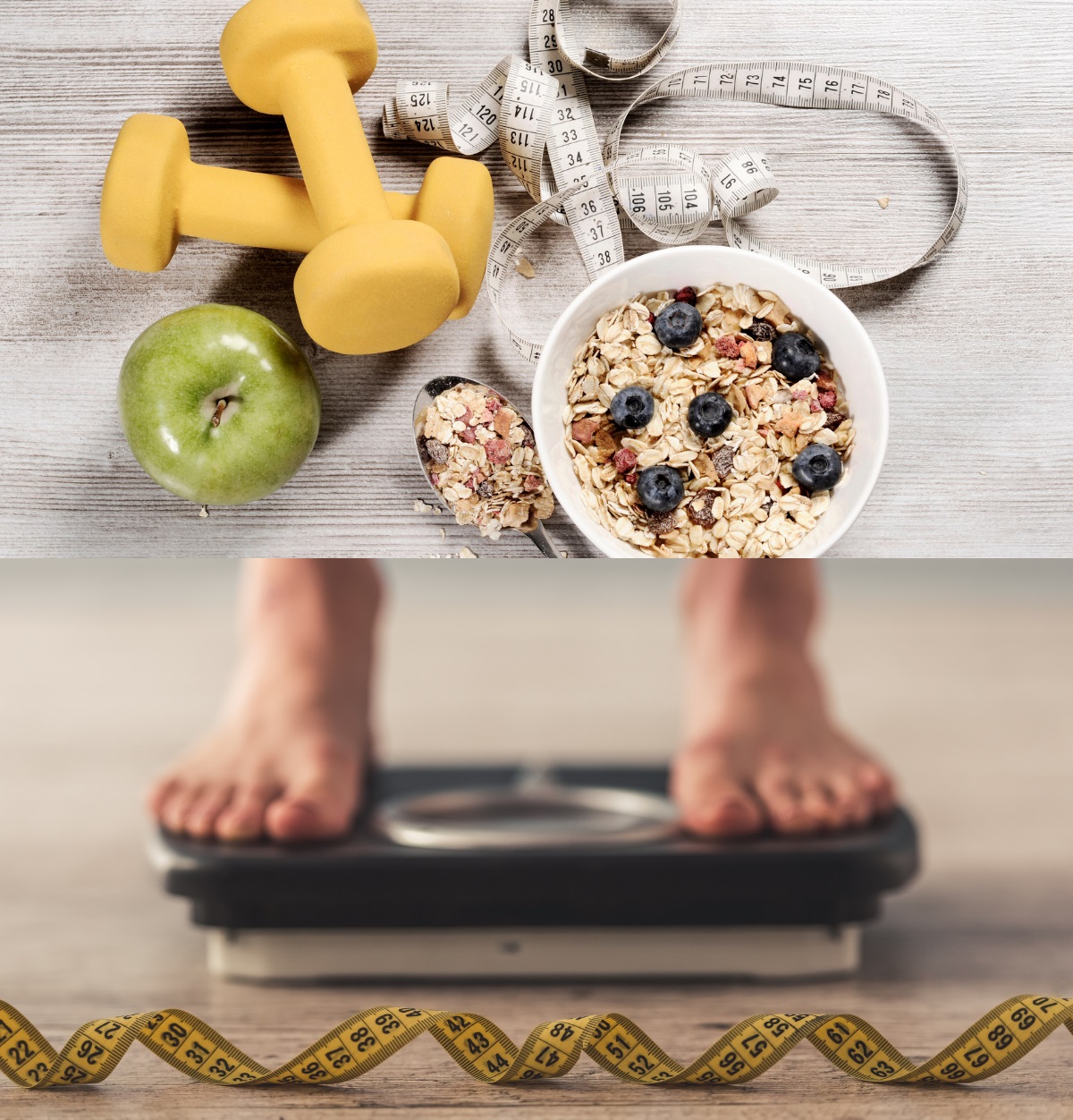Slam-Dunk The Junk!
In June 2021, the UK government announced a ban on the advertising of junk food on television before 9pm, and a total ban online, to be in place by the year 2023. In July, the report they’d commissioned on the nation’s eating habits, The National Food Strategy, was published, and recommended a tax for sugar and salt sold for use in processed food. At Healthy Supplies, we welcome these moves – our children’s health is hugely important, and we need to normalise eating healthy, whole foods instead of promoting the fatty, salty, sugary foods that are leading to an increase in obesity. And with just 2.5% of total food and drink advertising spend going towards fruit and vegetables, this is something that’s long overdue.
However, the tide is against us: childhood obesity is increasing, especially in more deprived areas of the country, and the Covid pandemic has made this worse. After a 2018 visit to the UK, the United Nations Special Rapporteur on extreme poverty, Philip Alston, expressed great concern that “14 million people, a fifth of the population, live in poverty”. Ultra-processed food has taken over our shopping trolleys, as Dr. Chris van Tulleken discovered in the recent BBC investigation What Are We Feeding Our Kids? Eating healthily has a reputation for being more expensive than eating junk food – but is this actually true? And how can we encourage kids to ditch the junk and take an interest in healthy eating?

According to Laura Sandys, chair of The Food Foundation, “businesses continue to shape and edit our food environments, with our ‘choices’ often influenced by incomes, prices, promotions, advertising and what is easily available.” It seems we took a wrong turn years ago in the UK; while children in South European countries tend to have a vastly wider knowledge, recognition and enjoyment of fruit and vegetables, many kids in the UK struggle to identify more than a handful of them, as chef Jamie Oliver discovered in his 2005 TV programme Jamie’s School Dinners. Part of the reason for this seems to be that our food shopping environment in this country encourages the consumption of processed foods which promote ill health. It’s not cheap fruit & veg you find in pound shops, but multipacks of chocolate bars, huge bags of crisps and tinned, processed meat products, all stacked with artery-clogging saturated fats, and often in brightly-coloured packaging adorned with cartoon animals which appeal to children. We all know how strong ‘pester power‘ can be, and we’ve all seen kids having meltdowns in supermarkets when they’re told they can’t have chocolate or crisps – perhaps we were one of those kids ourselves once!
Junk food addiction is real - and the junk food industry thrives on it
The global fast food industry is set to be worth nearly one trillion dollars by 2027, and an industry like that can buy the services of some very clever scientists and PR teams to present misleading information designed to hoodwink the public into viewing unhealthy food as healthy. The same tactics have been used for years by Big Tobacco, and the fast food industry is now worth even more in comparison. Older children may profit from being taught that multinational companies create junk food that is extremely efficient at tapping into our evolutionary ‘pleasure centres’. High-fat, high-sugar foods stimulate the same dopamine receptors in the brain as heroin and cocaine, and can be genuinely as addictive – and it’s very easy indeed to become stuck in a cycle of craving and eating more of it to satisfy a perceived ‘reward deficit’, and when you have food that’s calorie-dense but nutrient-light, that’s a potent recipe for ill health. One of the hallmarks of addiction is a lack of self-control, which the junk peddlers count on – and if we manage to break this cycle, we’ll first experience the same withdrawal symptoms experienced by the users of opiates, nicotine and many other addictive substances.
Psychological tactics for healthier eating
One ploy parents can use is to make healthier versions of popular junk food items – these tasty Vegan Nuggets, for instance, look just like the ‘chicken nuggets’ sold by a hundred fast food chains, but contain the far healthier ingredients Seitan and Tofu, instead of the usual artery-clogging trans fats, minced-up blood vessels and ground-up bones that go into the High Street version. Another great trick is the tried and tested method of stirring a tablespoon or two of something like Spinach powder into the kids’ pasta sauce to boost its nutrition with healthy vitamins, minerals and plant compounds. Research has shown that using the attractiveness of cartoon characters to promote healthy food instead of junk really pays dividends; in one study, nearly 4 in 5 children offered a choice between chocolate or broccoli chose the chocolate, but when a sticker of the Sesame Street character Elmo was placed on the broccoli, half of the kids chose this option. Another experiment found that children chose healthy food around twice as often when it was given an appealing name – so ‘X-ray vision carrots’ were twice as popular as just ‘carrots’, and broccoli was chosen twofold when called ‘Power-punch broccoli’. It’s also been shown that kids are far happier to eat raw veggies that have been cut into ‘fun shapes’ or when they’re dipped into another nutrient-dense food such as nut butters. However, the most surefire way to ensure your children eat healthily, as this 2009 report made clear, is to lead by example and do it yourself. Although with kids now receiving lessons in food, cooking and nutrition as part of the National Curriculum, it’s increasingly likely your kids will be the driving factor behind making you eat better food!
Dropping the pounds & saving the pennies
So what’s the verdict on cost – is healthy eating more expensive? The answer seems to be yes and no. If by ‘healthy’ you mean stocking up on kilos of crunchy Macadamia Nuts and luxurious Organic Black Mulberries, then you may fork out more than for chicken nuggets and chips – but these are calorie-dense foods as well as being nutrient-rich, and will last a long time as you don’t need many to reap the benefits of their wonderful nutritional profiles. There are loads of ways to actually eat better food for a lower cost – for example, heart-healthy, tasty Pulses cooked with an array of massively antioxidant-rich Spices will provide many cheap, tasty, nutritious and very filling meals for mere pennies. Our recipe section is full of ideas for healthy, cheap meals, and there are plenty of amazing blogs and websites dedicated to saving money by eating healthily – Jack Monroe’s ‘Cooking On A Bootstrap’ site for instance. The best thing is that eating a predominantly plant-based whole food diet will certainly save you money on prescription charges, as it’s very strongly associated not only with longer life, but also with freedom from risk factors which cause chronic disease, meaning the later years of life for those who follow such a diet are generally far less clogged up with debilitating health complications which bring pain, limited mobility and cognitive decline. You’ll be happier than if you ate processed, refined junk; your children will do far better at school, and your heart will thank you for it.





